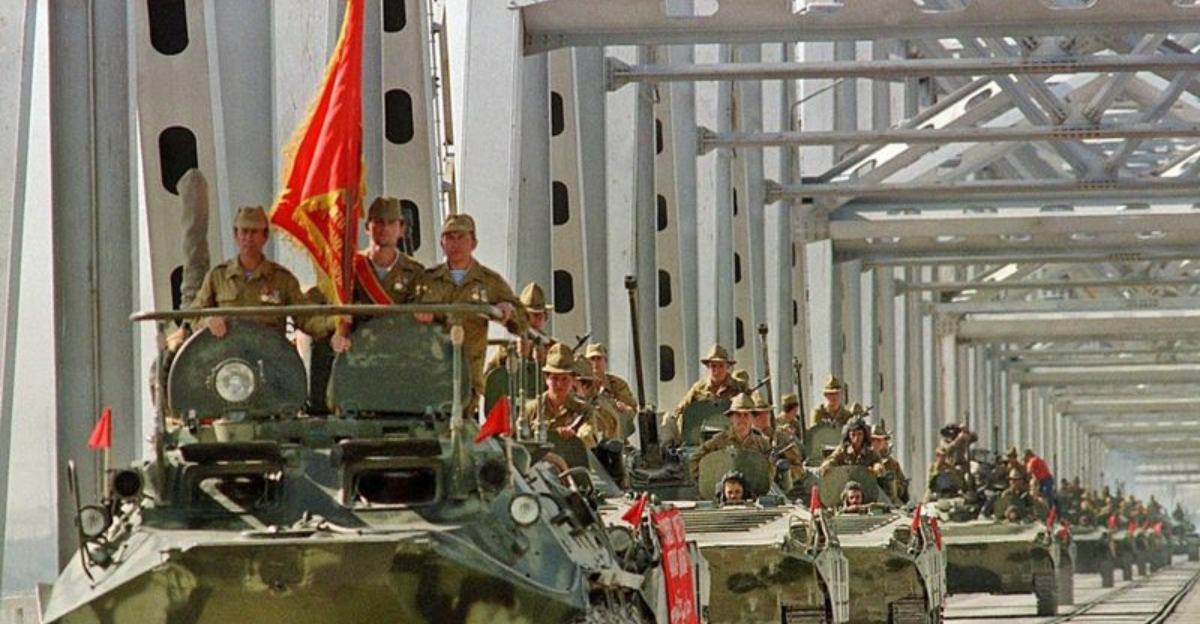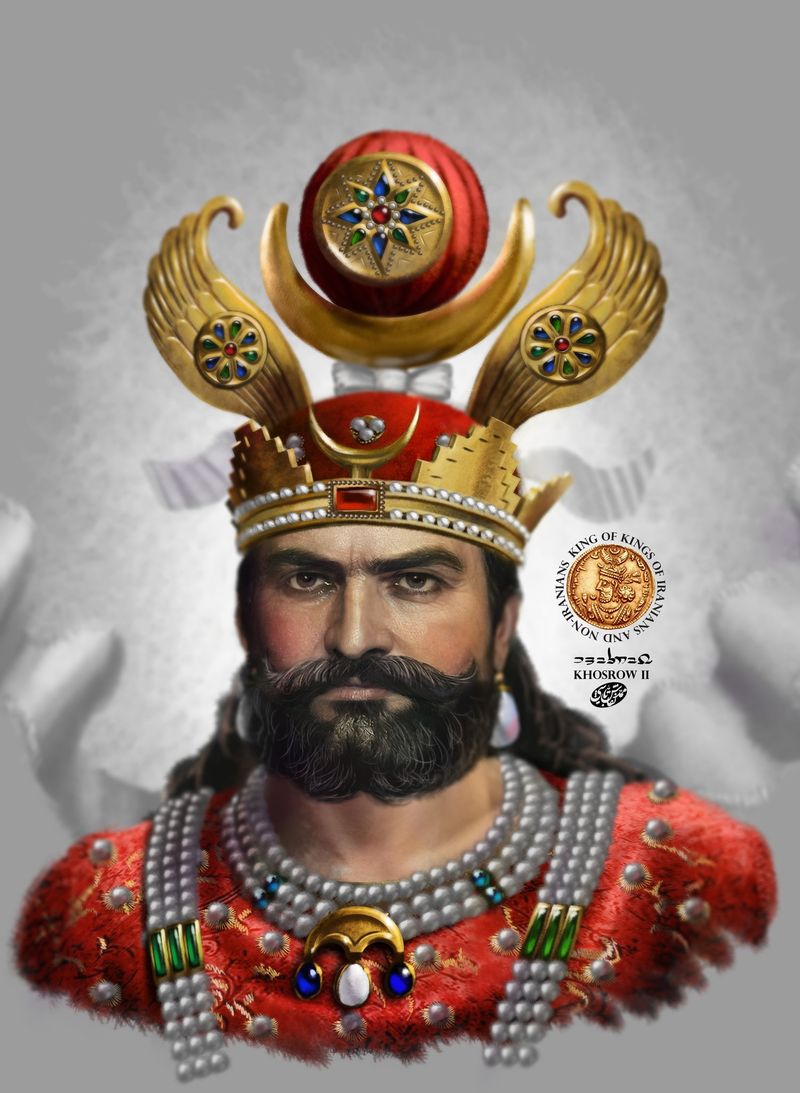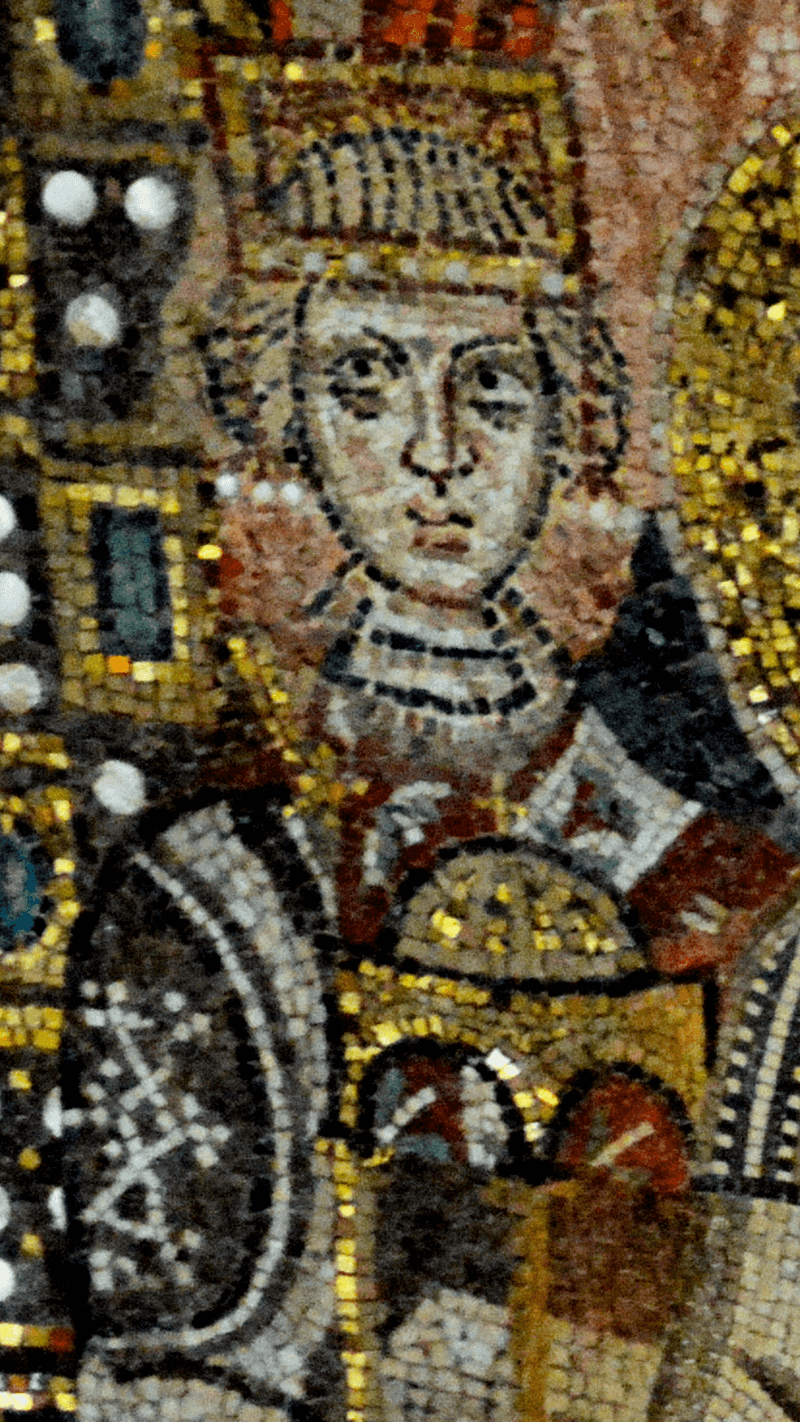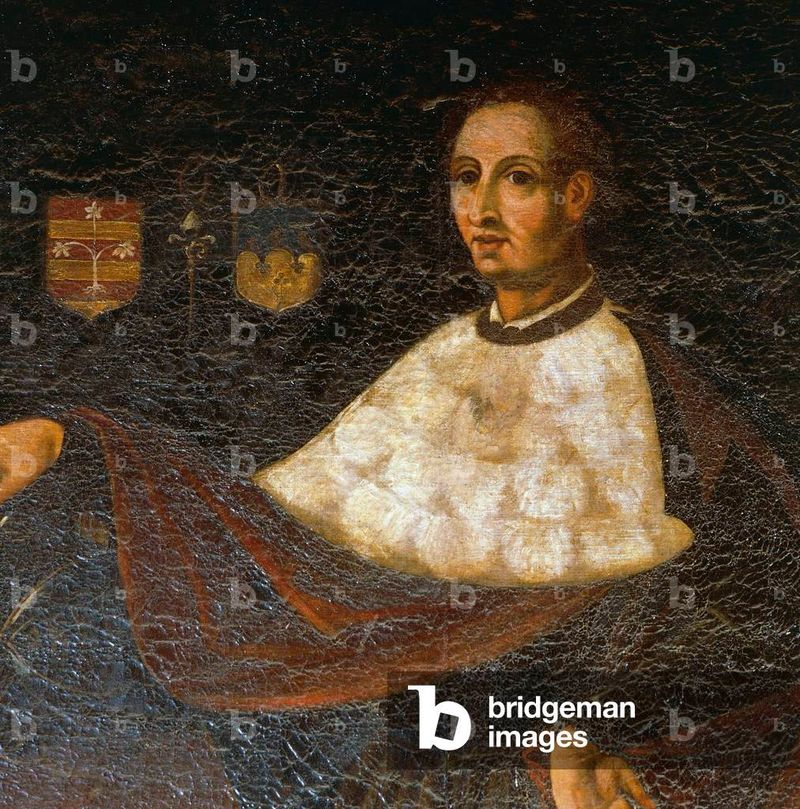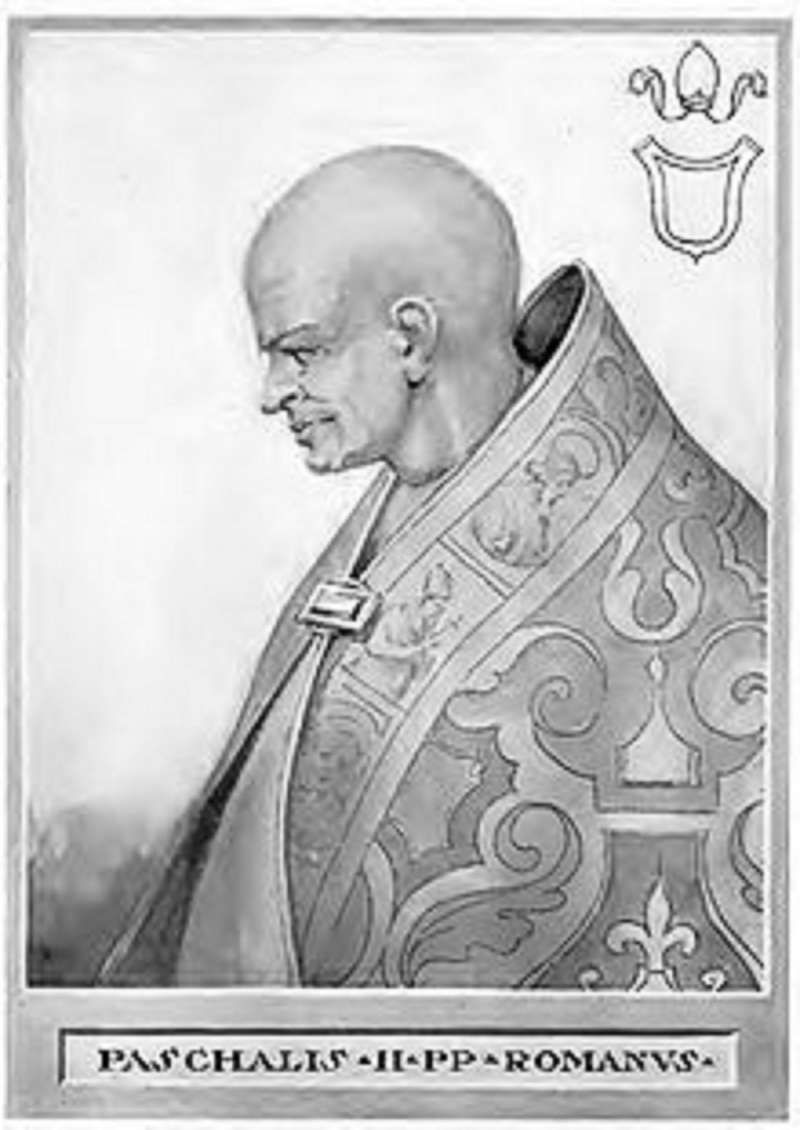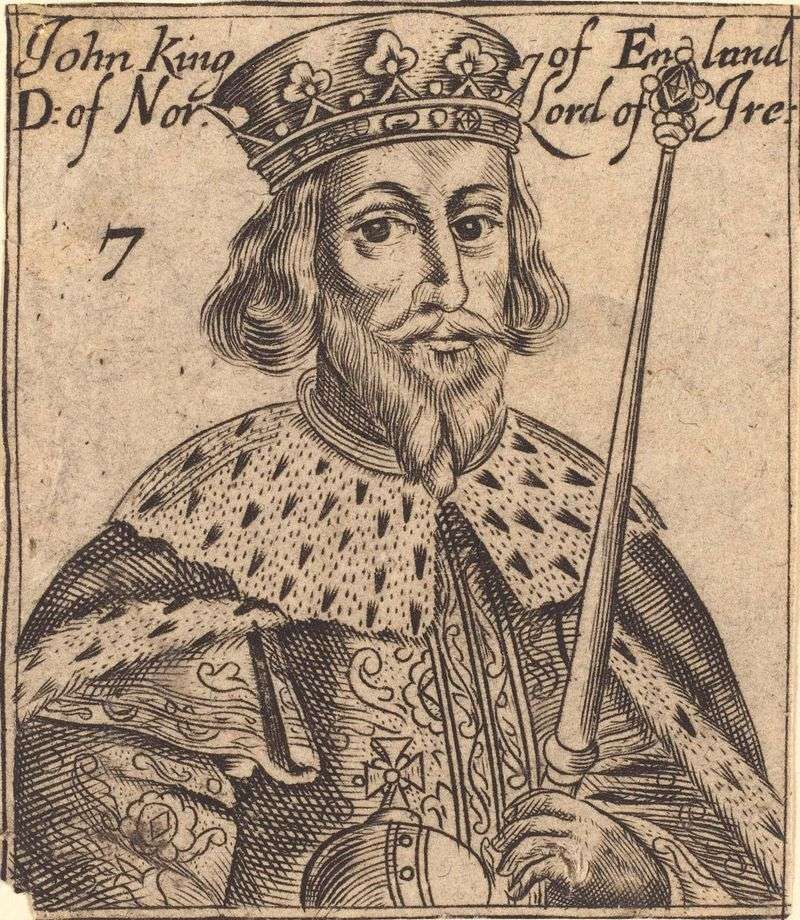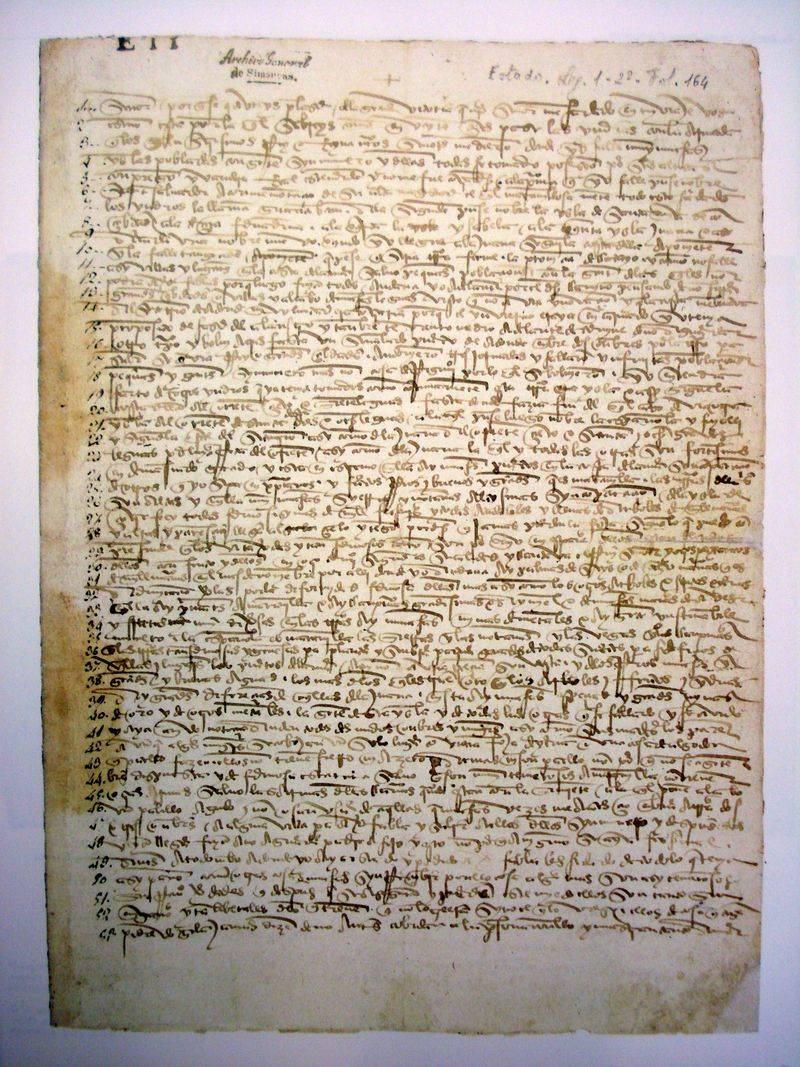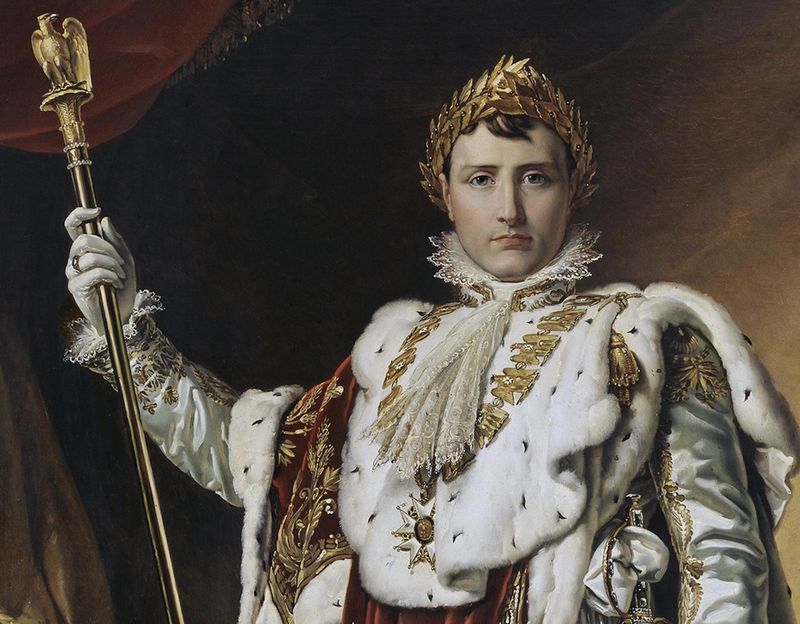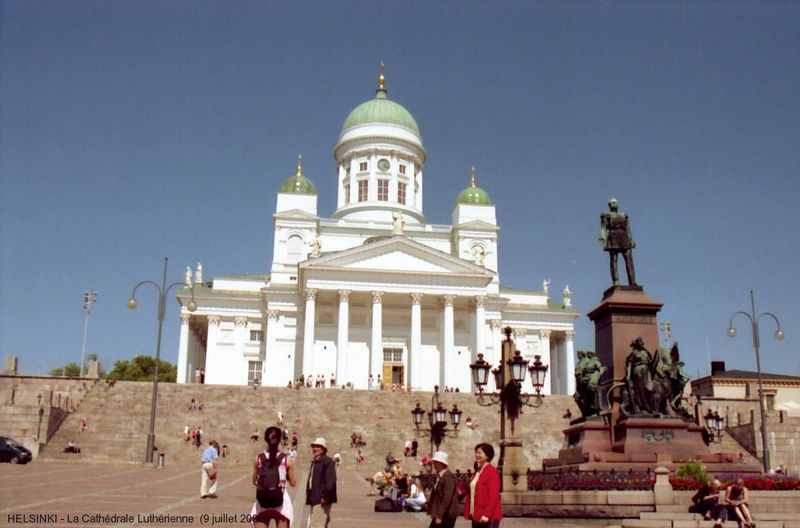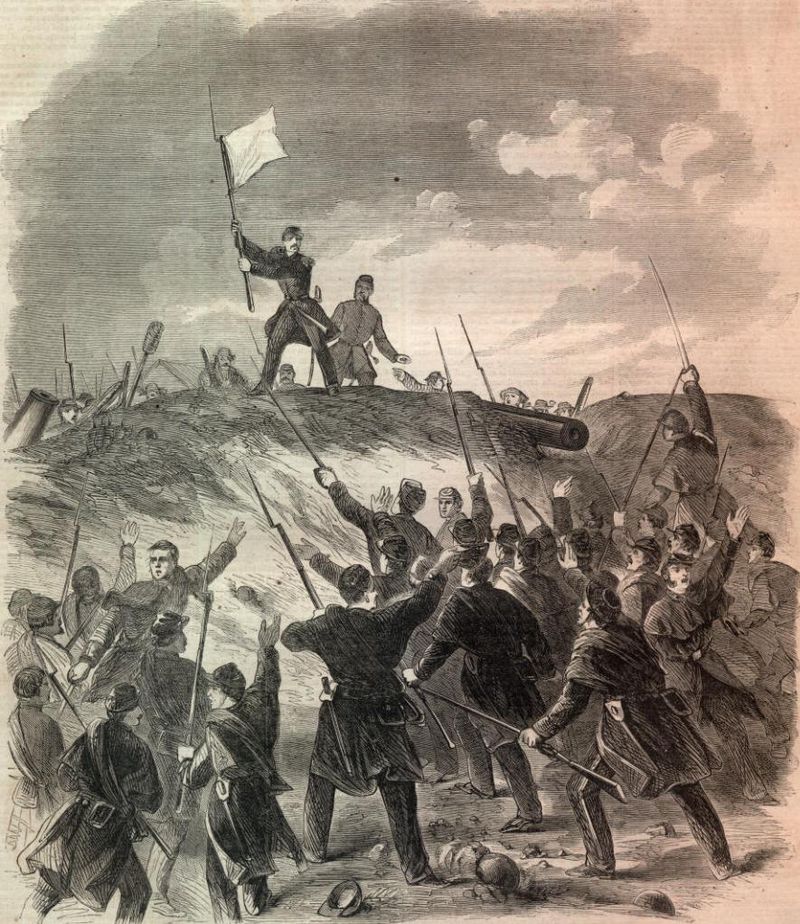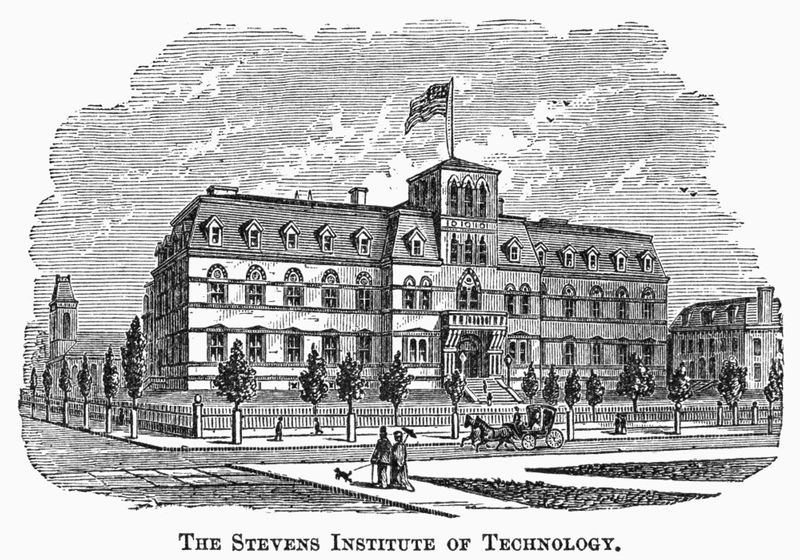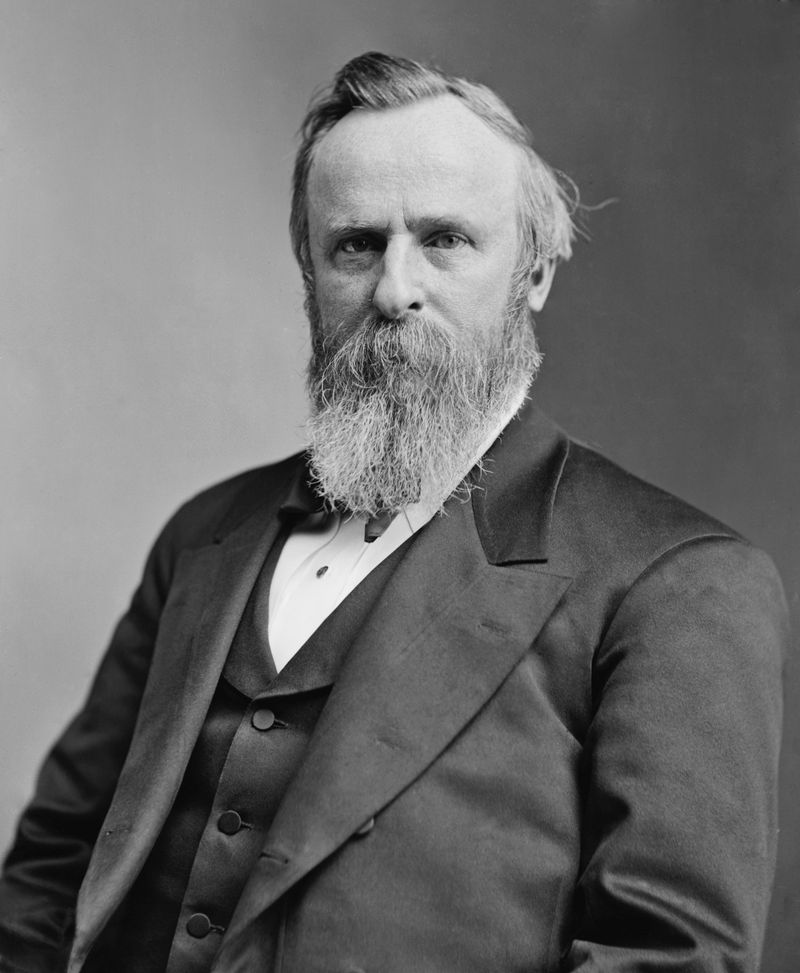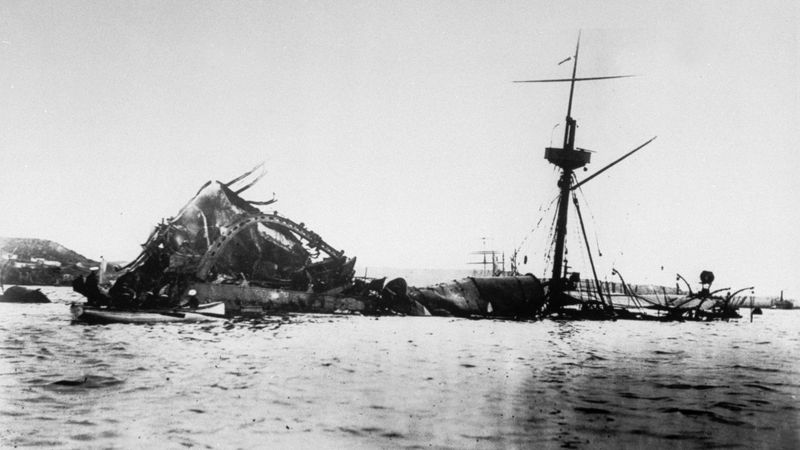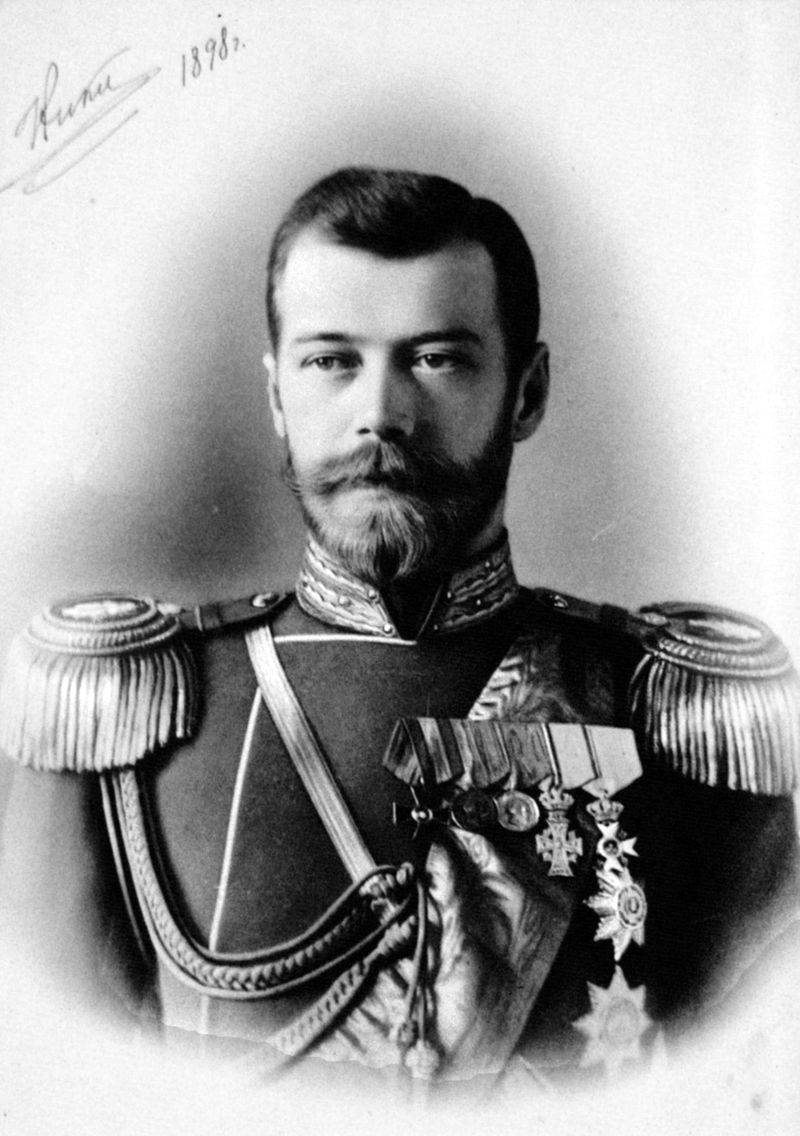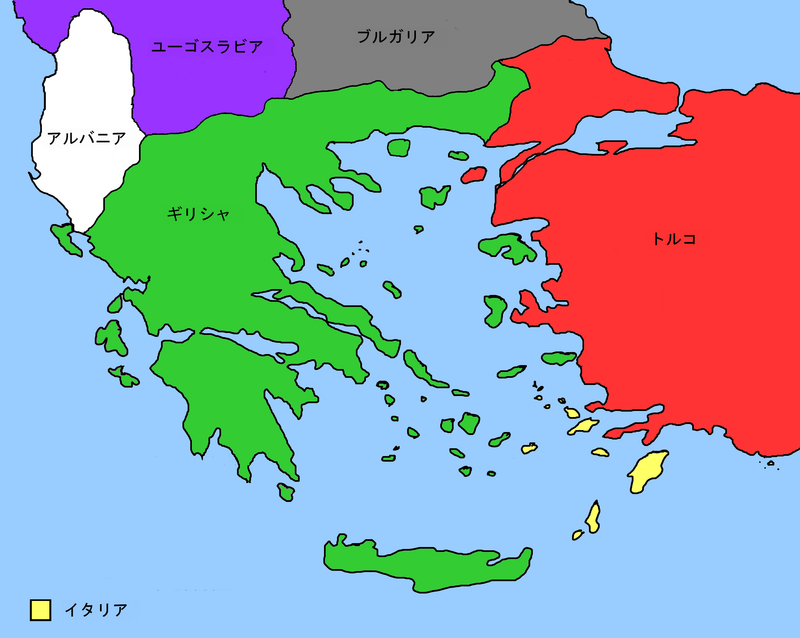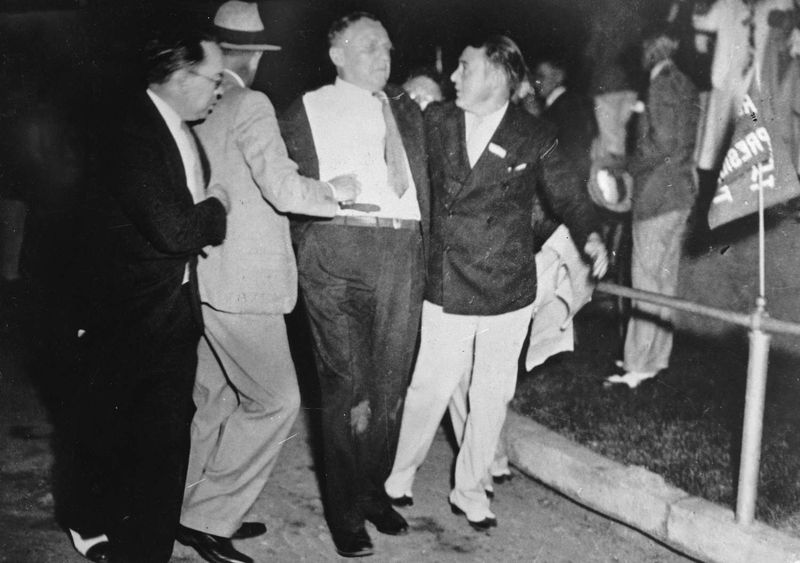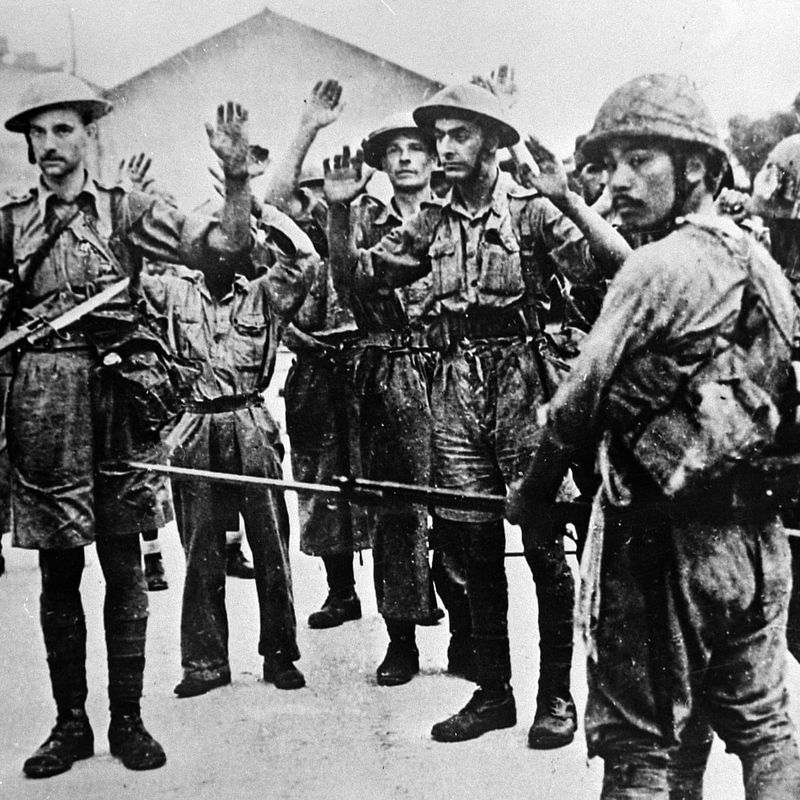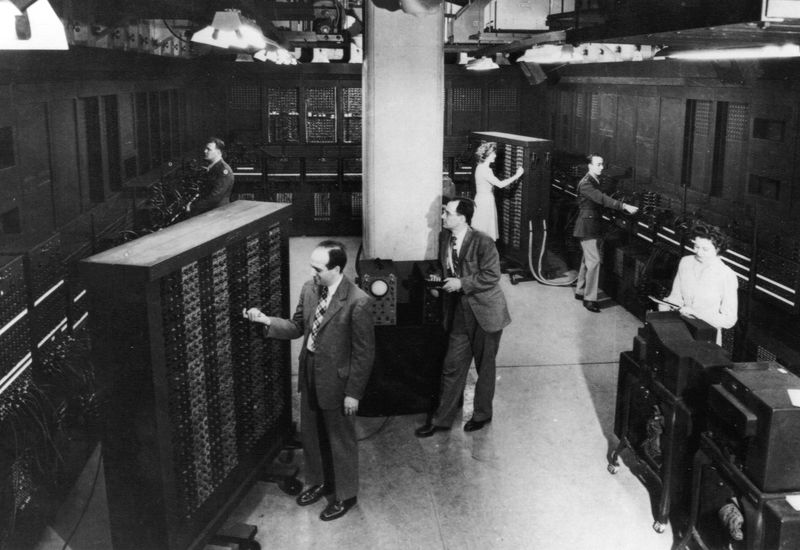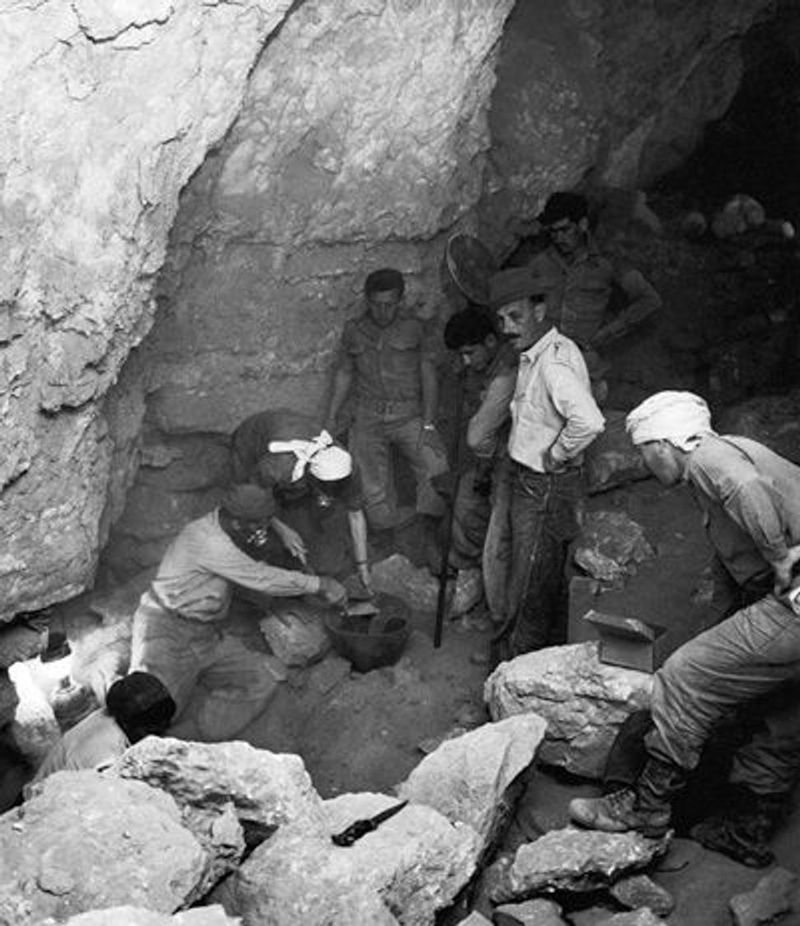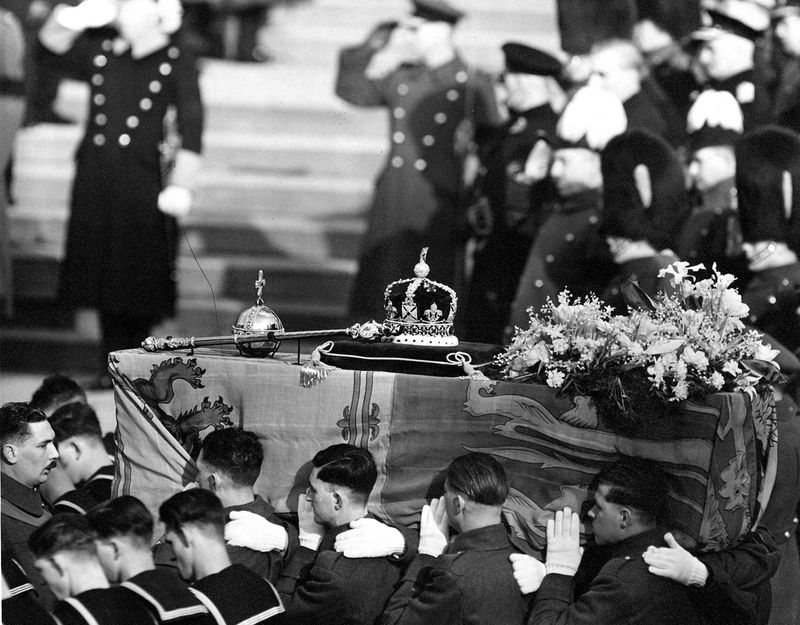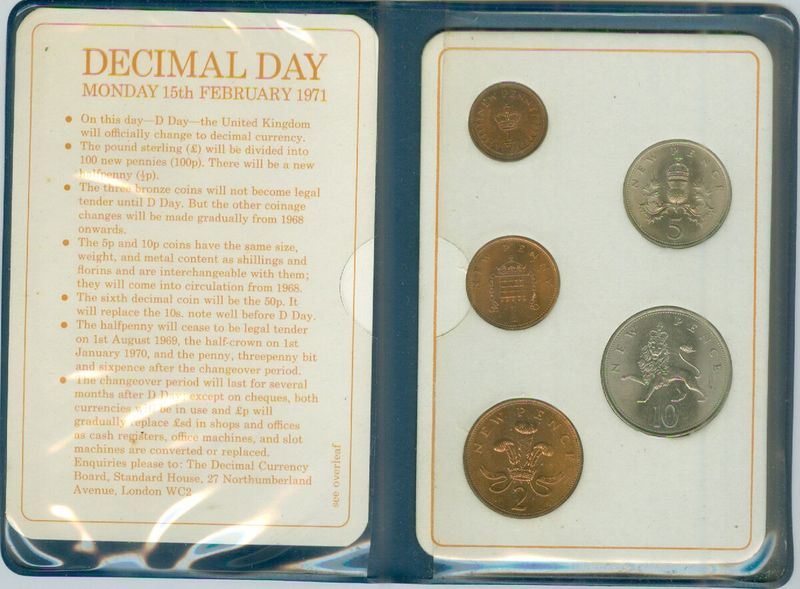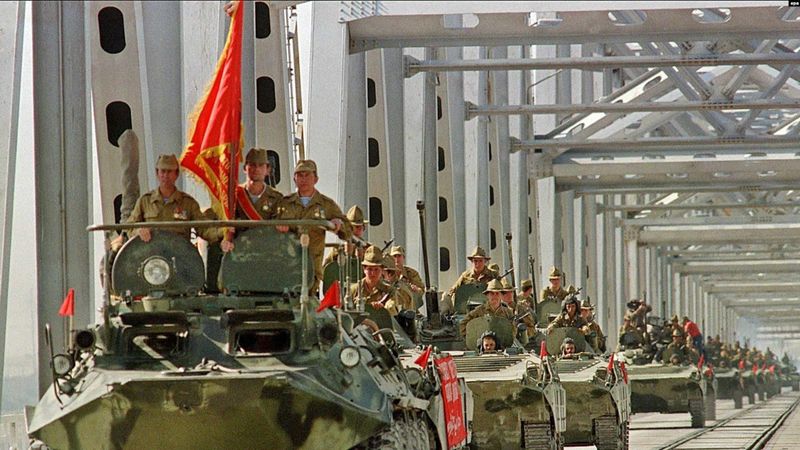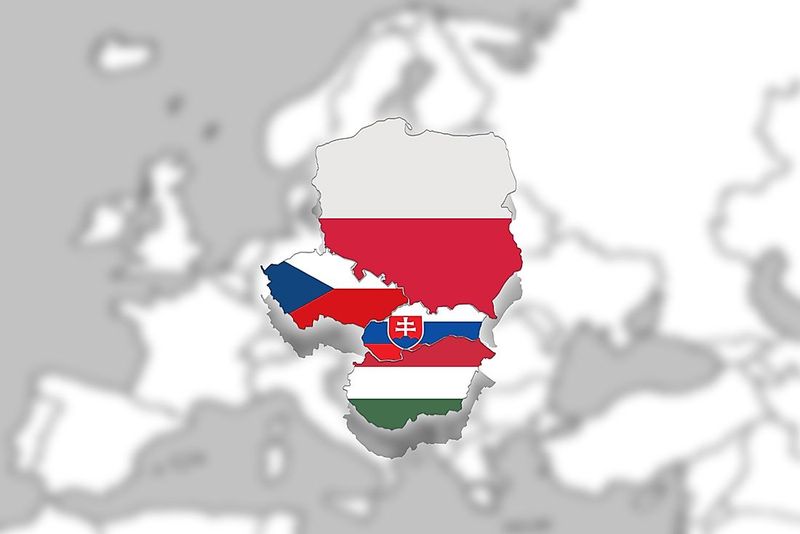Explore 30 significant events that made February 15th a remarkable date in history. These events span centuries and continents, shaping politics, society, and technology.
From monumental political changes to groundbreaking discoveries and cultural shifts, each item offers a glimpse into the past’s impact on our world today.
1. 438 – Codex Theodosianus is published under Emperor Theodosius II
On February 15th, 438, Emperor Theodosius II published the Codex Theodosianus, a monumental compilation of Roman laws.
This code aimed to consolidate all laws since Constantine, offering clarity and consistency across the empire. It was a significant step in legal history, influencing future legal systems.
The code encompassed various legal aspects, from administrative to personal laws, serving as a basis for the Byzantine legal system.
Theodosius II, at the age of 37, ensured that this code was distributed throughout the empire, hoping to unify and stabilize Roman legal practices.
This codification was crucial in history, impacting both Eastern and Western legal traditions.
2. 590 – Khosrau II is crowned King of Persia
In 590, Khosrau II ascended to the Persian throne on February 15th, a pivotal moment for the Sassanian Empire.
His reign saw a resurgence in Persian power and cultural renaissance, emphasizing art and architecture. Khosrau II’s rule was marked by significant military campaigns and diplomatic efforts.
He sought alliances and expanded his territories through astute political maneuvers. His era was characterized by both conflict and cultural prosperity, helping to shape Persian identity.
Khosrau II’s leadership laid foundations for future Persian greatness, leaving an indelible mark on history.
His reign remains a symbol of Persian resilience and cultural flourishing.
3. 706 – Emperor Justinian II executes his predecessors in Constantinople
The year 706 marks a dramatic event in Byzantine history as Emperor Justinian II executed his predecessors in Constantinople on February 15th. This ruthless act was part of his effort to consolidate power and eliminate threats to his rule after reclaiming the throne.
His return to power was marked by a reign of terror, where he sought to reinforce his authority through fear and intimidation. Justinian II’s actions were controversial, leading to instability within the empire. The executions were a reflection of the volatile nature of Byzantine politics.
Despite his harsh methods, his reign is remembered for its intense political intrigue.
4. 1002 – Arduin of Ivrea becomes King of Italy
On February 15th, 1002, Arduin of Ivrea was crowned as King of Italy. His ascension marked a significant shift in Italian politics, as he was the first non-Germanic ruler in decades, challenging the Holy Roman Empire’s influence.
Arduin’s reign was fraught with conflict as he faced opposition from both internal factions and external forces. Despite his efforts, his rule was short-lived, as he struggled to maintain control over the fragmented Italian territories.
His crowning is a testament to the complex and often turbulent nature of medieval Italian politics, reflecting the region’s diverse cultural and political landscape.
5. 1113 – Pope Paschal II formally recognizes the Order of Hospitallers
February 15th, 1113, marks a momentous occasion as Pope Paschal II officially recognized the Order of Hospitallers. This event was crucial in the formation of one of the most important knightly orders during the Crusades.
The Hospitallers began as a monastic community providing care for sick pilgrims in Jerusalem. With papal recognition, they gained a military role, defending the Holy Land and Christian pilgrims.
This recognition solidified their position in medieval society, allowing them to expand their influence and resources. The Order of Hospitallers played a pivotal role in shaping the course of the Crusades and Christian military endeavors.
6. 1214 – King John of England lands at La Rochelle during the Anglo-French War
In the midst of the Anglo-French War, King John of England landed at La Rochelle on February 15th, 1214. This strategic move was part of his efforts to reclaim lost territories in France, showcasing his determination to restore English dominance.
John’s campaign, though ambitious, faced numerous challenges, including opposition from French forces and internal dissent. His landing at La Rochelle was a bold statement of his intent to assert English power.
Despite his efforts, the campaign eventually faltered, leading to the signing of the Treaty of Le Goulet. This event highlights the turbulent nature of medieval European politics.
7. 1493 – Christopher Columbus pens his open letter describing New World discoveries
On February 15th, 1493, Christopher Columbus penned an open letter detailing his discoveries in the New World. This letter was pivotal in disseminating news about his voyages across Europe, sparking interest and competition among European powers.
Columbus’s descriptions of the lands and peoples he encountered opened new avenues for exploration and colonization. His letter was widely circulated, becoming one of the first media sensations of the time.
This correspondence marked a turning point in history, initiating the Age of Exploration and altering the course of global interactions. Columbus’s words fueled dreams of adventure and conquest.
8. 1637 – Ferdinand III is crowned Holy Roman Emperor
On February 15th, 1637, Ferdinand III was crowned Holy Roman Emperor. This event marked a significant moment in European history as Ferdinand’s reign came during the Thirty Years’ War, a period of intense conflict across the continent.
His leadership was characterized by efforts to balance power among warring factions and restore stability within the empire. Ferdinand III worked tirelessly to negotiate peace treaties, eventually leading to the Peace of Westphalia.
His coronation symbolized a new era for the Holy Roman Empire, with his diplomatic skills playing a crucial role in shaping the future of European politics and peace.
9. 1764 – The city of St. Louis is founded in Spanish Louisiana
February 15th, 1764, marks the founding of the city of St. Louis in Spanish Louisiana. Established by French fur traders Pierre Laclède and Auguste Chouteau, the city quickly became a hub for trade and exploration along the Mississippi River.
St. Louis was strategically located, serving as a gateway to the west and a meeting point for diverse cultures. The city’s founding was instrumental in expanding European influence in North America.
As a vibrant trade center, St. Louis attracted settlers and explorers, contributing to the westward expansion of the United States. Its foundation was a key moment in American history.
10. 1798 – Roman Republic is proclaimed by Napoleon’s forces
On February 15th, 1798, Napoleon Bonaparte’s forces proclaimed the establishment of the Roman Republic. This marked a dramatic shift in Italian politics, as the Papal States were transformed into a secular republic under French influence.
The change was part of Napoleon’s broader campaign to spread revolutionary ideals across Europe, challenging traditional powers. The Roman Republic’s formation reflected the growing influence of Enlightenment principles.
Though short-lived, this republic represented a significant moment in the struggle between old and new political orders. It paved the way for future Italian unification and inspired movements towards democratic governance.
11. 1835 – Serbia’s Sretenje Constitution briefly takes effect
February 15th, 1835, witnessed the brief enactment of Serbia’s Sretenje Constitution. This document was a landmark in Serbian history, representing one of the first constitutional efforts in the Balkans.
The Sretenje Constitution aimed to modernize Serbia’s governance, introducing elements of parliamentary democracy and civil rights. Its adoption was a bold step towards national sovereignty and reform.
However, its implementation was short-lived due to opposition from both internal and external forces. Despite its brief tenure, the constitution laid the groundwork for future constitutional developments and symbolized Serbia’s aspirations for independence and modernization.
12. 1852 – Helsinki Cathedral is officially inaugurated in Finland
On February 15th, 1852, Helsinki Cathedral was officially inaugurated, becoming a symbol of Finnish national identity. Designed by architect Carl Ludvig Engel, the cathedral’s neoclassical architecture stood as a testament to Finland’s cultural revival.
The cathedral quickly became a focal point for Finnish religious and civic life, hosting important events and gatherings. Its striking design and prominent location made it an architectural icon.
Helsinki Cathedral’s inauguration marked a moment of national pride, reflecting Finland’s burgeoning sense of identity. It continues to be a cherished landmark, symbolizing Finland’s rich cultural heritage and architectural innovation.
13. 1862 – Confederate forces surrender Fort Donelson to General Ulysses S. Grant
February 15th, 1862, saw the surrender of Fort Donelson to Union General Ulysses S. Grant. This event marked a turning point in the American Civil War, as Grant’s victory opened the way for Union advances into the Southern states.
The surrender was a significant blow to Confederate morale and strategic positioning. Grant’s demand for “unconditional and immediate surrender” earned him the nickname “Unconditional Surrender Grant.”
This victory solidified Grant’s reputation as a determined and effective leader, paving the way for future successes. The fall of Fort Donelson was a critical moment in the Union’s campaign to restore the nation.
14. 1870 – Stevens Institute of Technology is established in New Jersey
On February 15th, 1870, Stevens Institute of Technology was founded in Hoboken, New Jersey. As one of the first technological universities in the United States, it played a crucial role in advancing engineering education.
The institute was established with the vision of providing rigorous scientific and technical training. Its founding marked a significant step in the professionalization of engineering and technological fields.
Stevens Institute quickly became known for its innovative programs and research contributions. Its establishment paved the way for future advancements in technology and engineering, influencing generations of engineers and scientists.
15. 1879 – US President Rutherford B. Hayes signs a bill allowing female attorneys before the Supreme Court
February 15th, 1879, marks a milestone in American legal history as President Rutherford B. Hayes signed a bill permitting female attorneys to argue cases before the Supreme Court. This decision was a significant step towards gender equality in the legal profession.
The bill’s signing reflected the growing movement for women’s rights and recognition in professional fields. It opened doors for women to participate fully in the legal system, challenging traditional gender roles.
This legislation was instrumental in paving the way for greater female representation in the legal profession, inspiring future generations of women lawyers to pursue their careers.
16. 1898 – The USS Maine explodes in Havana Harbor, pushing the US toward war with Spain
On February 15th, 1898, the USS Maine exploded in Havana Harbor, an event that propelled the United States towards war with Spain. The explosion killed over 260 crew members, shocking the American public and fueling calls for action.
The cause of the explosion remains debated, but it was a catalyst for the Spanish-American War. The phrase “Remember the Maine!” became a rallying cry for those advocating military intervention.
This incident marked a turning point in US foreign policy, leading to increased involvement in international affairs. The sinking of the USS Maine remains a significant moment in American history.
17. 1899 – Tsar Nicholas II issues the February Manifesto, reducing Finnish autonomy
February 15th, 1899, saw Tsar Nicholas II issuing the February Manifesto, a decree that curtailed Finnish autonomy. This action was part of the Russian Empire’s efforts to centralize control over its territories.
The manifesto faced strong opposition from Finnish nationalists, who viewed it as a threat to their cultural and political identity. Protests and resistance movements emerged, challenging Russian authority.
The February Manifesto symbolizes the struggle for national sovereignty and self-determination within the Russian Empire. It marked a period of tension and conflict, shaping Finland’s path towards independence.
18. 1923 – Greece becomes the last European nation to adopt the Gregorian calendar
On February 15th, 1923, Greece officially adopted the Gregorian calendar, becoming the last European nation to do so. This change was a significant step in aligning Greece with the rest of Europe culturally and economically.
The adoption facilitated international trade and communication, as the Julian calendar had created discrepancies with other countries. It marked a move towards modernization and integration with European standards.
This transition was an important moment in Greek history, reflecting the nation’s adaptation to global changes. It symbolized Greece’s commitment to modernization and its desire to participate fully in international affairs.
19. 1933 – Giuseppe Zangara’s assassination attempt on President-elect Franklin D. Roosevelt injures Chicago’s mayor
February 15th, 1933, witnessed an assassination attempt on President-elect Franklin D. Roosevelt by Giuseppe Zangara. The attempt occurred in Miami, Florida, and resulted in the injury of Chicago’s mayor, Anton Cermak.
Zangara’s motivations were rooted in personal grievances and political disillusionment. His actions shocked the nation and highlighted the vulnerabilities of political figures.
The incident underscored the importance of security for public officials and led to increased protective measures. Despite the attempt, Roosevelt remained unscathed and continued to lead the nation through challenging times, including the Great Depression.
20. 1942 – Fall of Singapore; British forces surrender to Japan in World War II
On February 15th, 1942, British forces surrendered Singapore to Japan, marking one of the largest capitulations in British military history. The fall of Singapore was a major blow to Allied forces in the Pacific during World War II.
This event exposed vulnerabilities in British defenses and highlighted the strategic prowess of Japanese forces. The surrender had significant implications for the war, shifting power dynamics in the region.
The fall of Singapore remains a pivotal moment in WWII, symbolizing the challenges faced by the Allies and the complexities of global warfare. It shaped future military strategies and alliances.
21. 1946 – ENIAC, the first general-purpose electronic computer, is dedicated
February 15th, 1946, marks the dedication of ENIAC, the first general-purpose electronic computer, at the University of Pennsylvania. This groundbreaking invention revolutionized computing, laying the foundation for future technological advancements.
ENIAC’s development was crucial during WWII, as it was initially designed for calculating artillery trajectories. Its capabilities extended beyond military applications, influencing scientific research and industry.
The dedication of ENIAC was a monumental moment in technological history, showcasing the potential of electronic computing. It paved the way for the digital age, transforming how we process information and interact with technology.
22. 1949 – Excavations begin at Qumran Cave 1, revealing the first Dead Sea Scrolls
On February 15th, 1949, excavations commenced at Qumran Cave 1, leading to the discovery of the first Dead Sea Scrolls. This archaeological find was one of the most significant in the 20th century, offering insights into ancient Jewish texts.
The scrolls, dating back to the Second Temple period, included biblical manuscripts and sectarian writings. Their discovery shed light on early Jewish practices and beliefs, contributing to our understanding of religious history.
The Dead Sea Scrolls remain a treasure trove for scholars and historians, providing a glimpse into the past and its influence on contemporary religious thought.
23. 1952 – King George VI is laid to rest in St. George’s Chapel, Windsor Castle
February 15th, 1952, saw the funeral of King George VI at St. George’s Chapel, Windsor Castle. His passing marked the end of an era for Britain, as he had led the nation through WWII and the post-war recovery.
The funeral was attended by dignitaries and royals from around the world, reflecting his stature and impact. King George VI’s leadership during challenging times endeared him to the British public.
His burial at Windsor Castle was a moment of national mourning, symbolizing both loss and continuity. His legacy lives on, remembered for his dedication and service to the nation.
24. 1954 – Canada and the US agree to construct the Distant Early Warning Line
On February 15th, 1954, Canada and the US reached an agreement to construct the Distant Early Warning (DEW) Line. This network of radar stations was designed to detect potential Soviet threats during the Cold War.
The DEW Line was a critical component of North American defense strategy, symbolizing cooperation between the two nations. It enhanced early warning capabilities and strengthened continental security.
The agreement marked a milestone in military collaboration, reflecting the geopolitical tensions of the time. The DEW Line remains a testament to the enduring partnership and shared defense interests between Canada and the US.
25. 1961 – Sabena Flight 548 crashes in Belgium, killing the entire US figure skating team
February 15th, 1961, was a tragic day as Sabena Flight 548 crashed in Belgium, claiming the lives of the entire US figure skating team. This disaster shocked the sports world and had a profound impact on the figure skating community.
The crash occurred as the team was en route to the World Championships in Prague. The loss of promising athletes and coaches was felt deeply, leading to an outpouring of grief and support.
In the aftermath, safety measures in aviation were scrutinized, and the tragedy inspired the establishment of a memorial fund for aspiring skaters, ensuring their legacy continues.
26. 1965 – Canada officially adopts the maple leaf flag
On February 15th, 1965, Canada officially adopted the maple leaf flag, a symbol of national identity and unity. This change was a significant moment in Canadian history, reflecting the country’s desire for a distinct national symbol.
The new flag replaced the Red Ensign and was chosen to represent Canada’s natural beauty and multicultural heritage. Its adoption was met with both pride and controversy, as debates over national identity ensued.
The maple leaf flag has since become an emblem of Canadian pride and values, symbolizing unity and diversity. Its adoption marked a new chapter in Canada’s national narrative.
27. 1971 – Decimal Day completes currency decimalisation in the UK and Ireland
February 15th, 1971, known as Decimal Day, marked the completion of currency decimalisation in the UK and Ireland. This transition was a significant change, simplifying monetary systems and aligning them with international standards.
The changeover involved extensive public education campaigns to ensure a smooth transition. Decimalisation reflected broader efforts towards modernization and economic integration.
This event was a turning point in the financial history of both nations, facilitating trade and commerce. Decimal Day remains a notable moment in British and Irish history, highlighting the challenges and successes of adopting new economic systems.
28. 1989 – The Soviet Union announces completion of its troop withdrawal from Afghanistan
On February 15th, 1989, the Soviet Union announced the completion of its troop withdrawal from Afghanistan, ending a decade-long conflict. This marked a turning point in the Cold War, as it signaled a shift in Soviet foreign policy.
The withdrawal was part of broader reforms under Mikhail Gorbachev’s leadership, reflecting a move towards de-escalation and diplomacy. The conflict had been costly, both financially and in terms of human lives.
The end of Soviet involvement in Afghanistan paved the way for future political changes in the region, influencing global geopolitics and the course of the Cold War.
29. 1991 – The Visegrád Group is formed by Czechoslovakia, Hungary, and Poland
February 15th, 1991, marks the formation of the Visegrád Group, an alliance between Czechoslovakia, Hungary, and Poland. This collaboration aimed to foster economic and political cooperation as these nations transitioned from communism.
The group’s formation was a response to the changing political landscape in Europe, emphasizing unity and mutual support. It facilitated the integration of these countries into European structures and promoted regional stability.
The Visegrád Group remains an important forum for dialogue and cooperation, reflecting the shared goals and aspirations of its member nations. Its establishment was a pivotal moment in post-Cold War Europe.
30. 2003 – Massive global protests against the impending Iraq War become the largest peace demonstration in history
On February 15th, 2003, millions of people around the world participated in protests against the impending Iraq War. This was the largest peace demonstration in history, reflecting widespread opposition to military intervention.
Protesters gathered in major cities, voicing concerns about the war’s legitimacy and potential consequences. The demonstrations highlighted the power of global citizen activism and the desire for peaceful solutions.
These protests are remembered as a significant statement against war, showcasing the strength of collective voices in advocating for peace. The events of that day continue to inspire movements for justice and non-violence.
